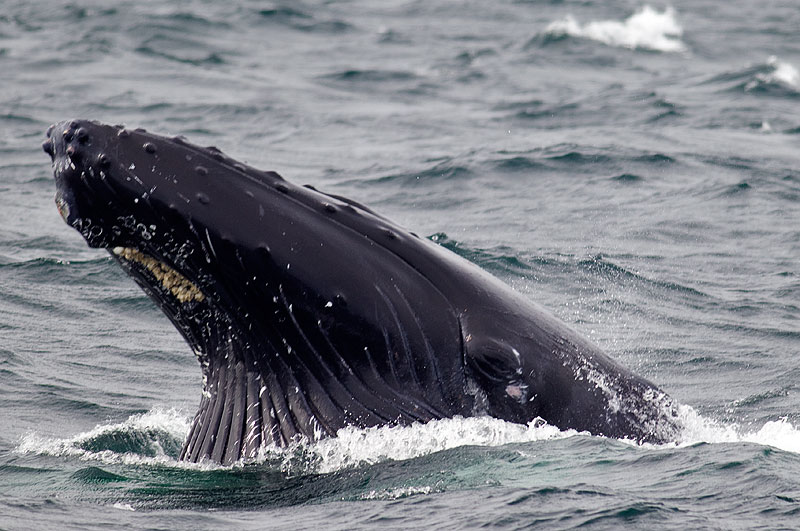DNAm is an ‘epigenetic’ process in which methyl groups are added to DNA, potentially modifying gene functions such as gene expression that can affect phenotypes. DNAm-based biomarkers known as ‘epigenetic clocks’ provide accurate estimates of chronological age in healthy humans and vertebrates and the clocks tick faster during chronic disease, frailty and under adverse exposures. We all know people who look old and young even though they are the same chronological age, and differences in DNAm may partly explain how they have different ‘biological ages’. Indeed, most research on DNAm had previously focused on humans who often experience health interventions and are hence differ radically from wild mammals where natural selection is more intense. Work on DNAm in wild mammal populations has accelerated in recent years, and two papers published simultaneously today in Nature Aging1 and Science2 describe a universal mammal clock and identify parts of the genome where methylation relates to age within species, and to differences in lifespan across species.
The mammalian methylation clock allows prediction of chronological age from changes in DNAm at only tens of thousands of sites in the genome. An international team of scientists in the Mammalian Methylation Consortium, including Gareth Jones from the School of Biological Sciences collaborated on the papers which were led by Steve Horvath, Amin Haghani, Caesar Li and Ake Lu from UCLA and Altos Labs. One analysis looked at DNAm from 59 tissues taken from 185 mammal species with samples ranging in age from pre-birth to a bowhead whale aged 139 years. Tissue age could be predicted with high accuracy across all mammal species studied from DNAm. Moreover, faster ticking universal clocks were associated with increased mortality risk in humans, and slower ticking occurred during caloric restriction in mice. Specific cytosine sites showed consistent age-related changes in DNAm across species, showing that methylation patterns are conserved over evolution. These sites were close to genes implicated in development, cancer, obesity and longevity.
Evolutionary trees show branching patterns illustrating how organisms diverged from shared ancestors. Trees built from epigenetic data showed similar branching patterns to established trees developed from gene sequences. Methylation signatures associated with maximum life span across mammal species that were independent of age showed for example that long-lived species evolved methylation states at HOX genes associated with developmental processes, probably affected by pluripotency transcription factors that regulate reprogramming of body cells into multiple other cell types.
The findings show that changes in DNAm are the consequence of consistent evolutionary processes across mammal species and reject the hypothesis that ageing is the consequence of random accumulation of cellular damage. The universal mammal clock will be useful in studies for ageing wild mammals from DNA samples, and potentially for understanding which areas of the genome could be targets for anti-ageing interventions in humans. DNAm also gives insights into understanding why animals age by identifying mechanisms underpinning ageing and ultimately death. Evolutionary theories propose that death may be ‘programmed’ according to features such as reproductive output and lifespan. Ultimately, from a ‘selfish gene’ perspective, death allows genes the ability to reshuffle with other genes, perhaps to generate new variants that can combat emerging pathogens better and ensure the genes’ survival in the long-term. The new studies provide insights into how, and potentially why, mammals - including ourselves- are ‘born to die’.


